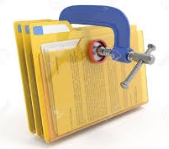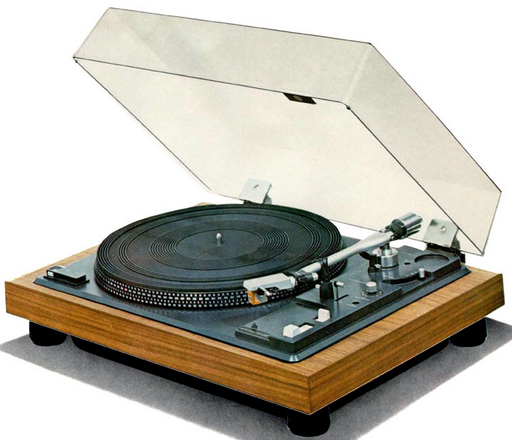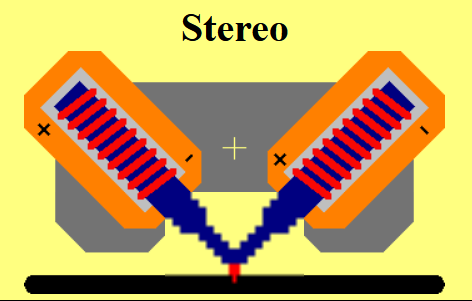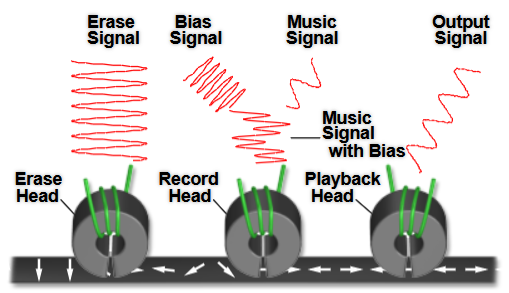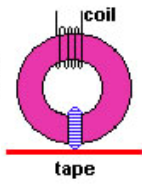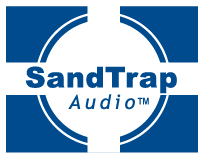Ed's
AV Handbook
Batting Practice for the AV Professional
and primer for the novice
Chapter
3 Page 3
Sound Reproduction
The 21st Digital Century
Simple?
It wasn't always that simple. For example, the playback of a vinyl record could include several sizes in one of four speeds. And prior to 1954 vinyl enthusiast confronted several playback equalization choices. In addition, audio tape formats such as the open reel or cassette included options such as tape size, speed, noise reduction, playback equalization, and recording bias.
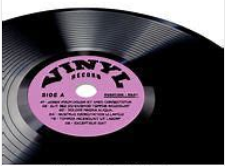
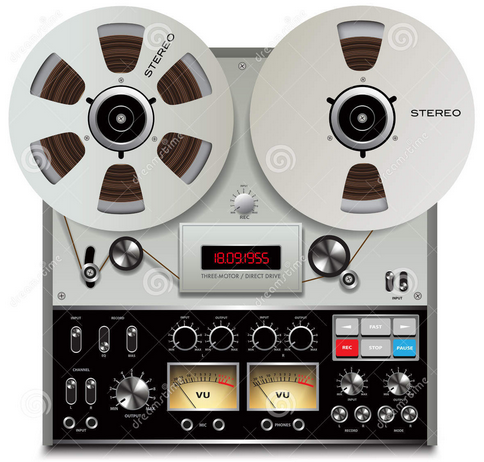
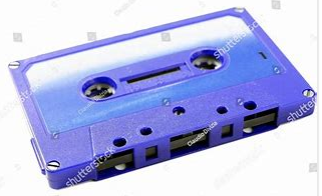
Files & Formats
But this format also devours computer storage and Internet bandwidth.
Uncompressed formats include FLAC, WAV, AIFF, and DSD formats.
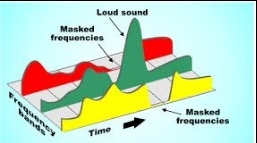
Lossless
Lossy compression reduces data and data storage by 90%. But lossy does not approach CD audio fidelity. Lossy audio quality ranges from a cell phone to good FM radio. MP3, ACC, WAV, OGG are popular lossy formats.
Masking Comment
Masking implies that the lost redundant audio data is insignificant. However, that data includes essential HiFi phase information. Sound engineers have proven that the human ear is more sensitive to phase than frequency. A friend once explained it was more important for early caveman to determine which direction (phase) a tiger was coming from than which tiger (frequency). We are descendants of the former.Phase distortion is a well know issue in high fidelity circles. Phase distortion has long been identified as a key-hindrance to compact disc fidelity. Masking can also create audible phase distortion. Check out The Absolute Sound MQA story "Musical Origami". Bob Stuart of Meridian introduced a digital audio format that purports to eliminate phase distortion.
Sound Reproduction
The 20th Analog Century
LP Record / Magnetic Tape
The following is from the original 2007 Ed's AV Handbook; deleted due to perceived lack of interest. I have reintroduced analog reproduction due to the renaissance of vinyl LPs, and to some degree, analog tape sources. Reinforcing the understanding of audio reproduction alone justifies a revisit to analog audio sources.


Vinyl LP Record
Then scroll down the link page to view a series of images.
Magnetic Tape

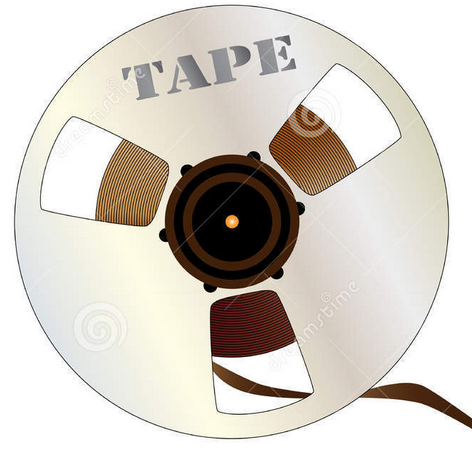
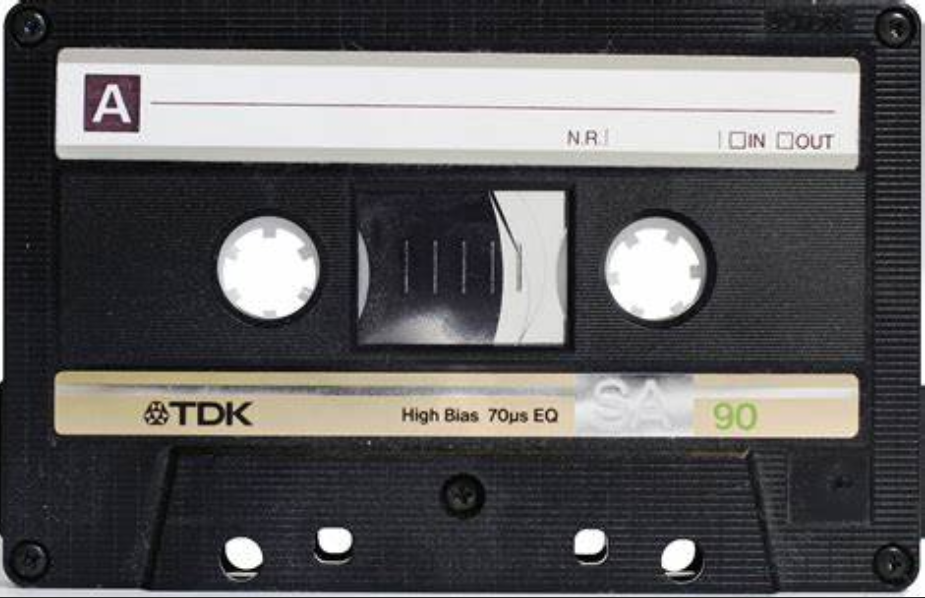
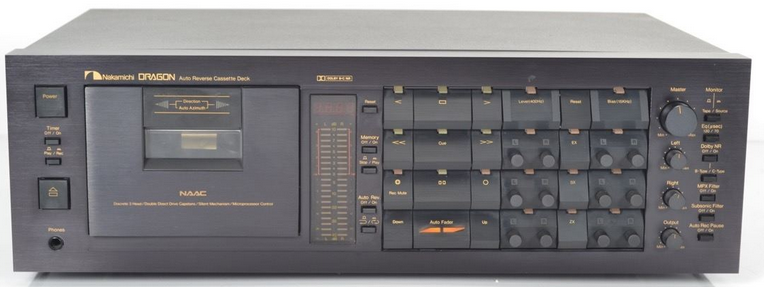
Note: Select this Link for a more comprehensive 'the absolute sound' explanation of the open-reel tape primer.
Ed's AV Handbook
Copyright 2007 Txu1-598-288 Revised 2025
Site Menu
Home
Table of
Contents
Handbook Chapters
1 AV
Terms
2 AV Physics
3 Sound Reproduction
4 Video Reproduction
5 The AV System Sequence
6 The Room, Speaker, & TV
7 Acoustical Strategy - Small Room
8 Home Theater by Design
9 AV Sales Training
10 AV Business & Marketing
Contact
About

